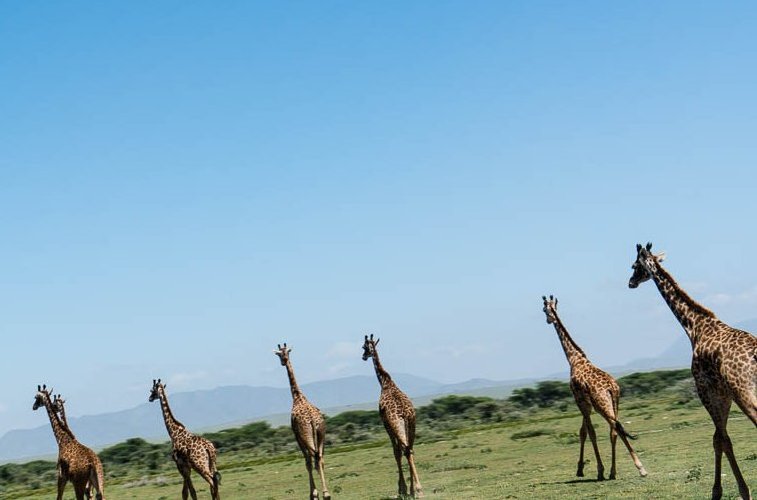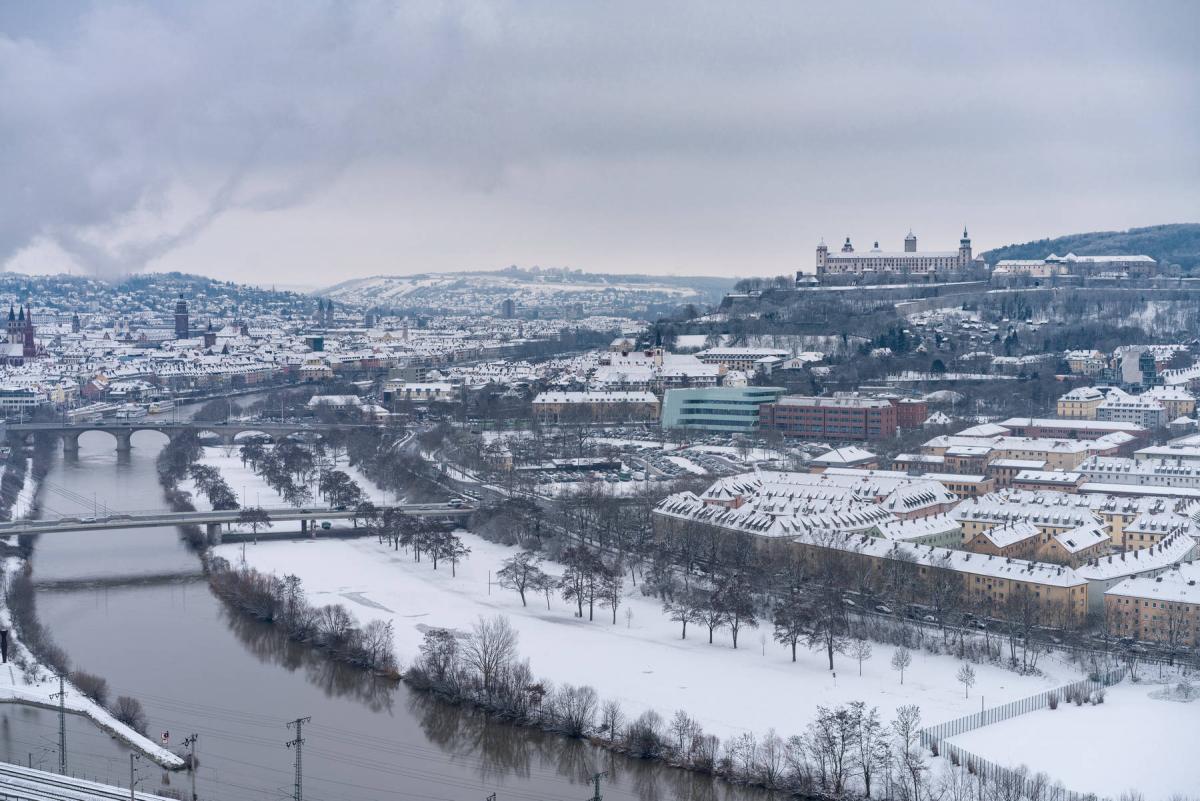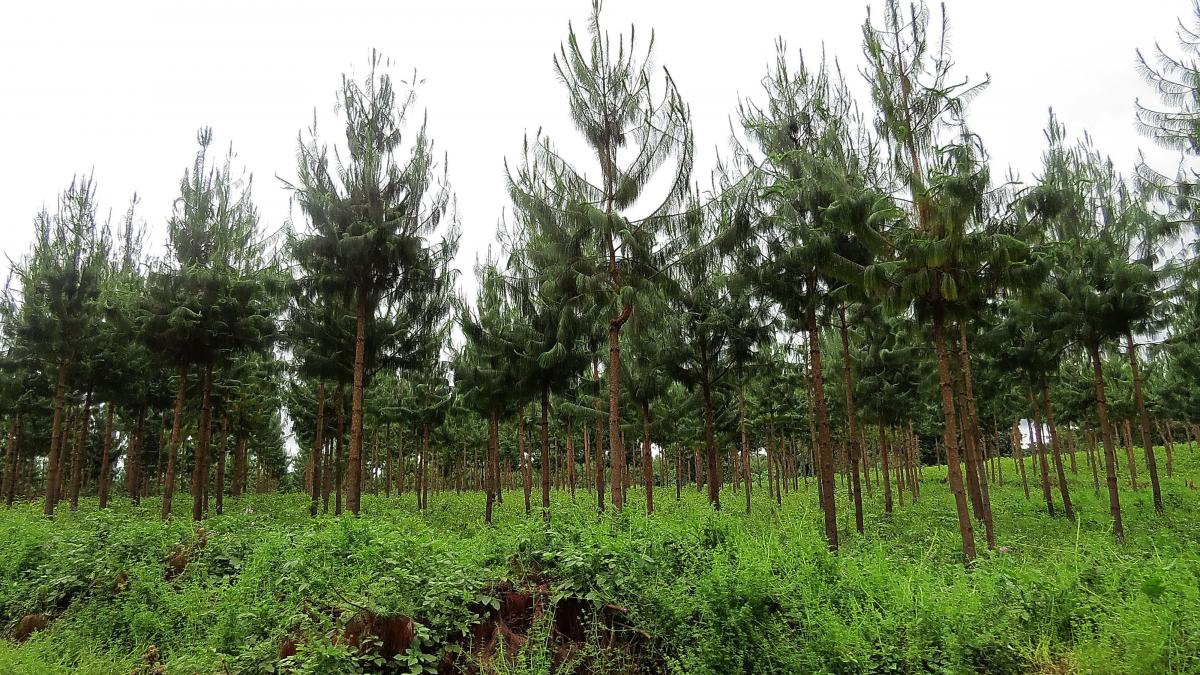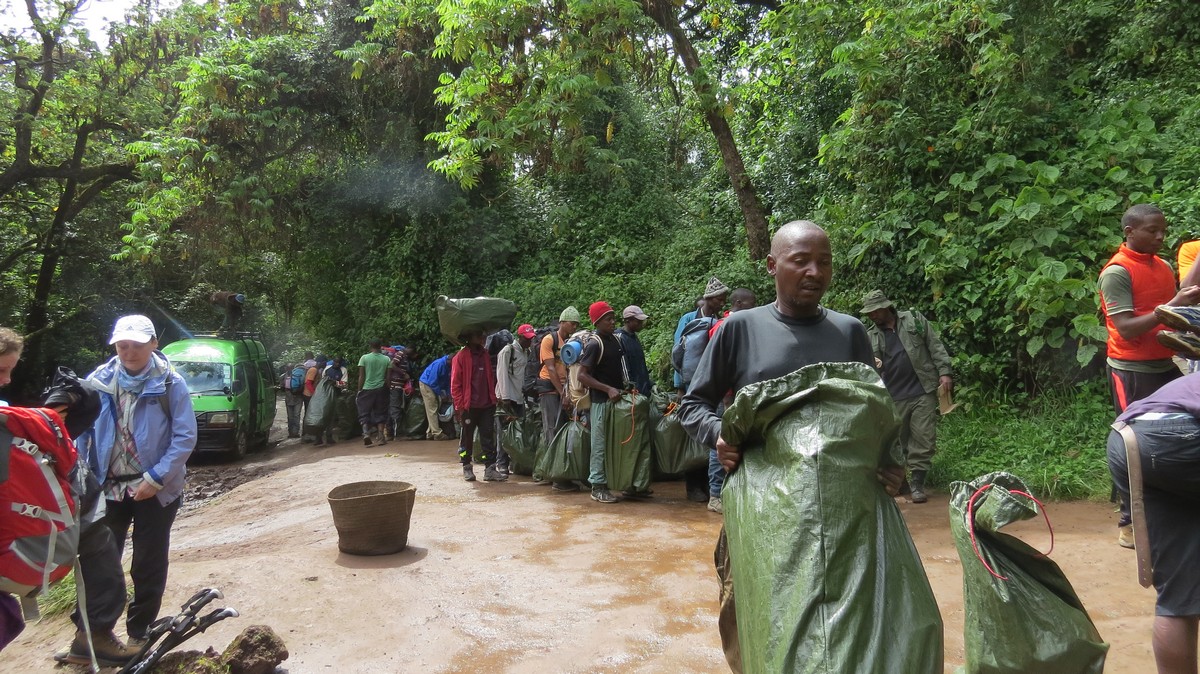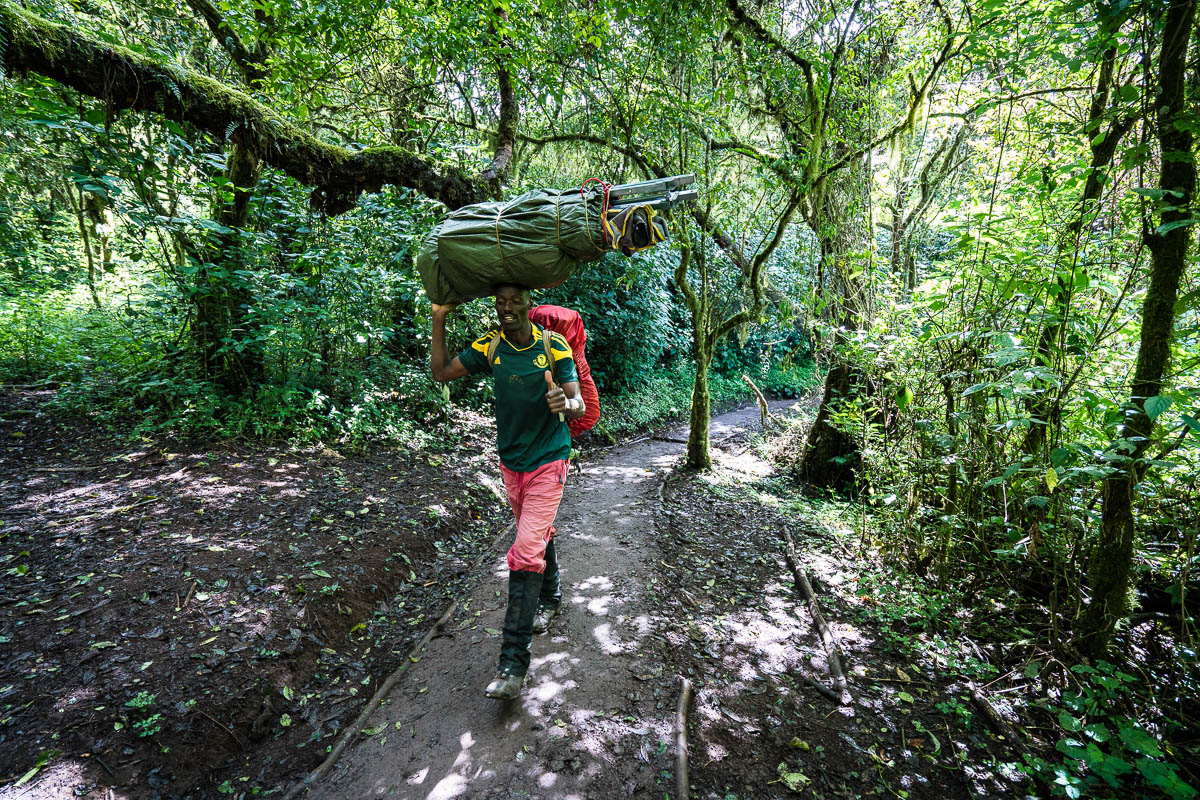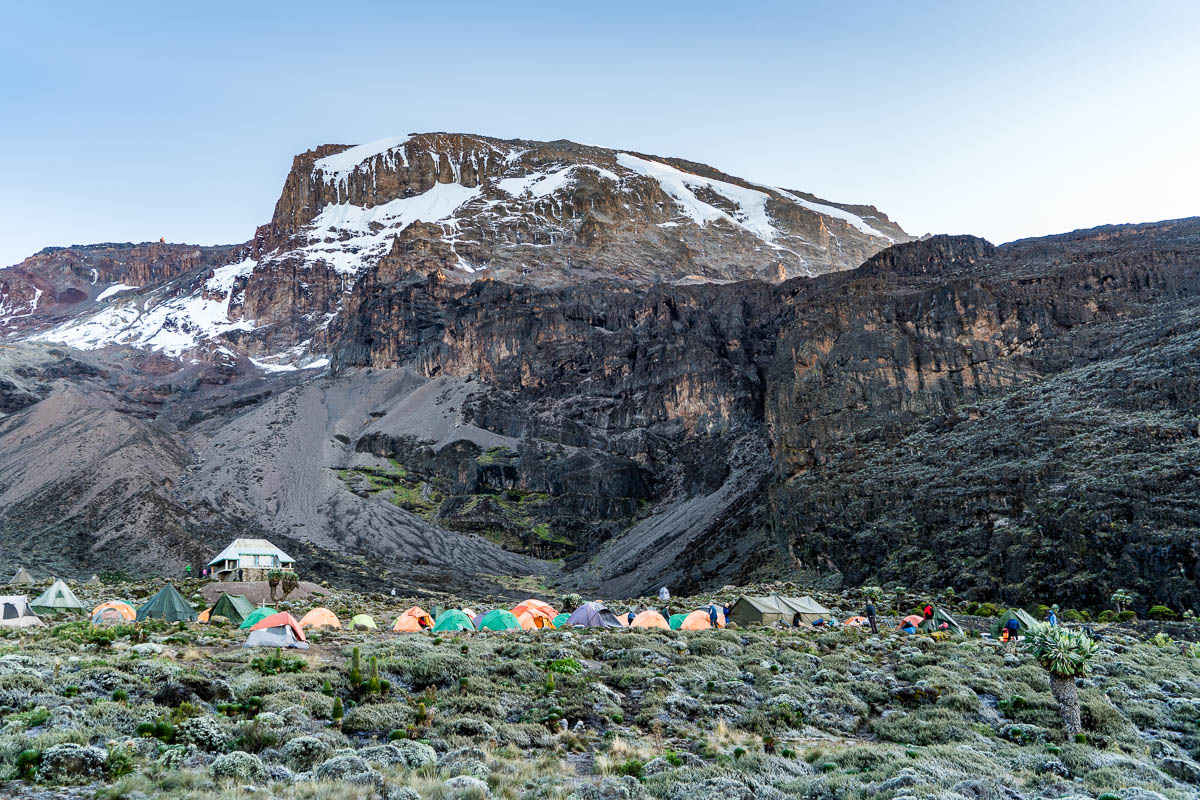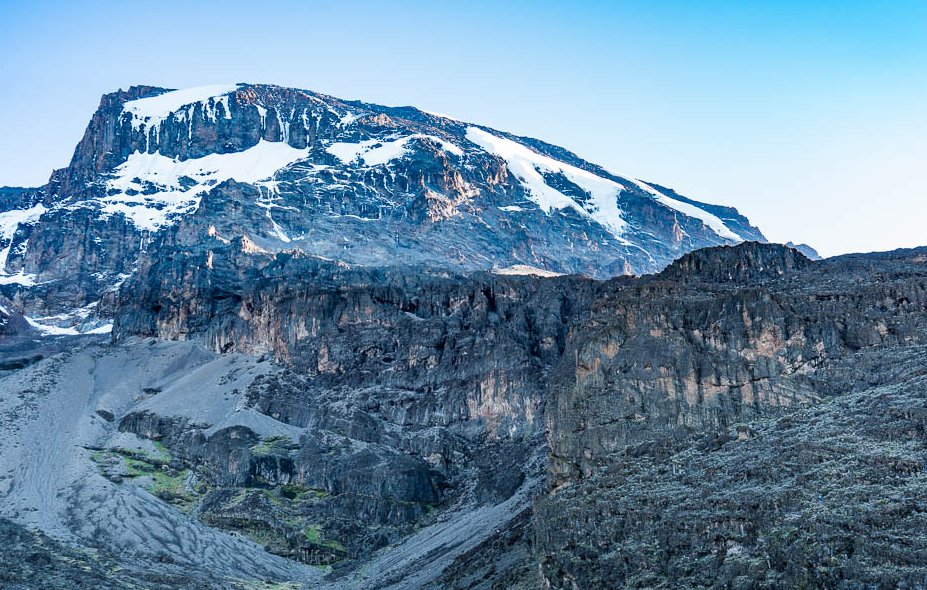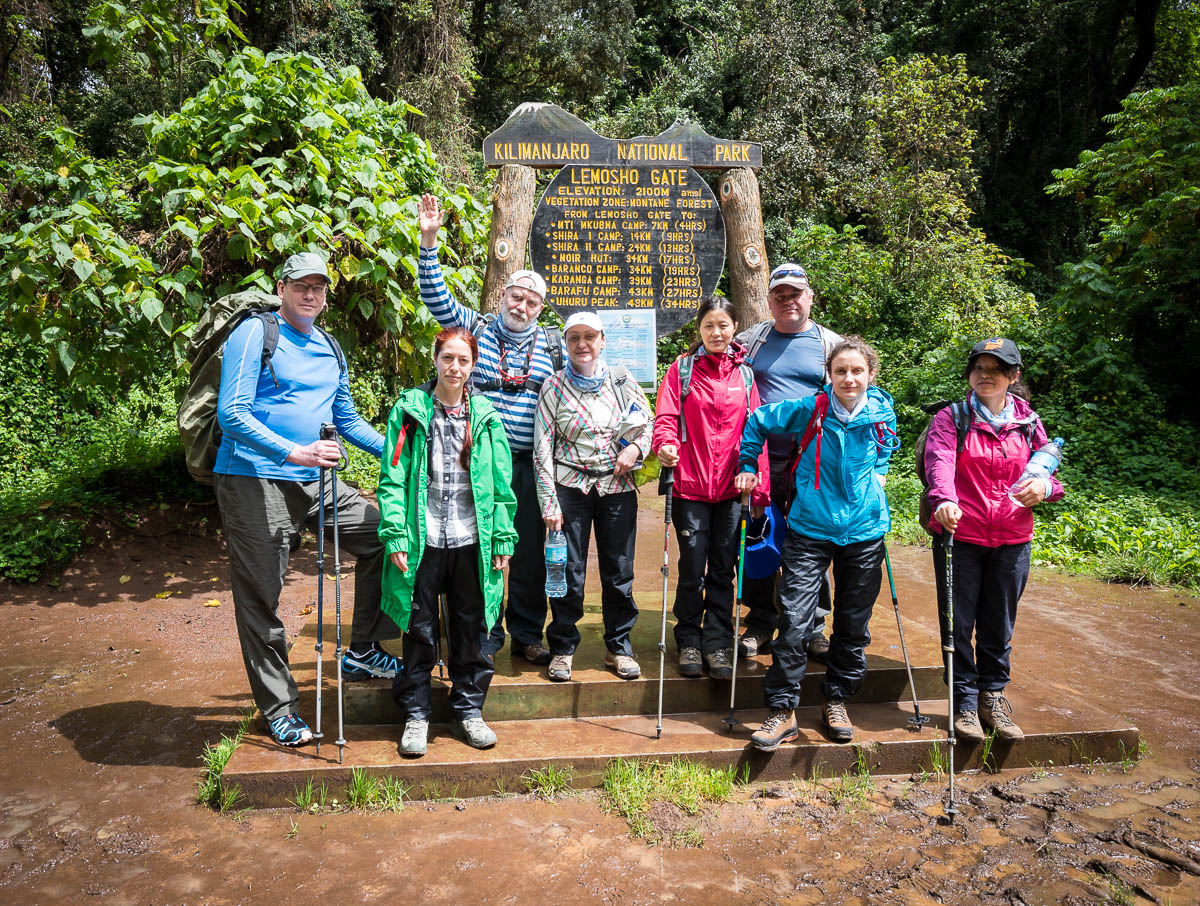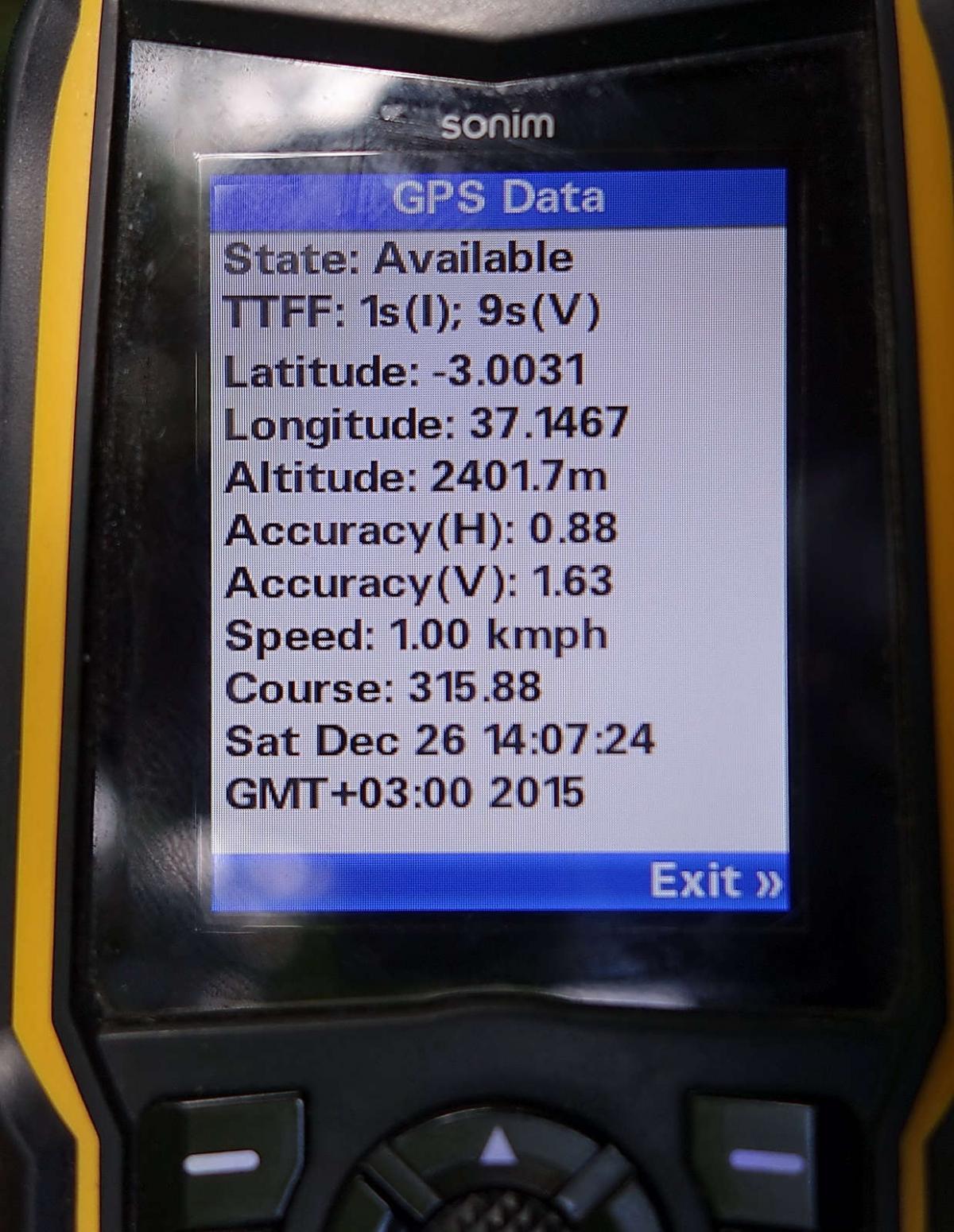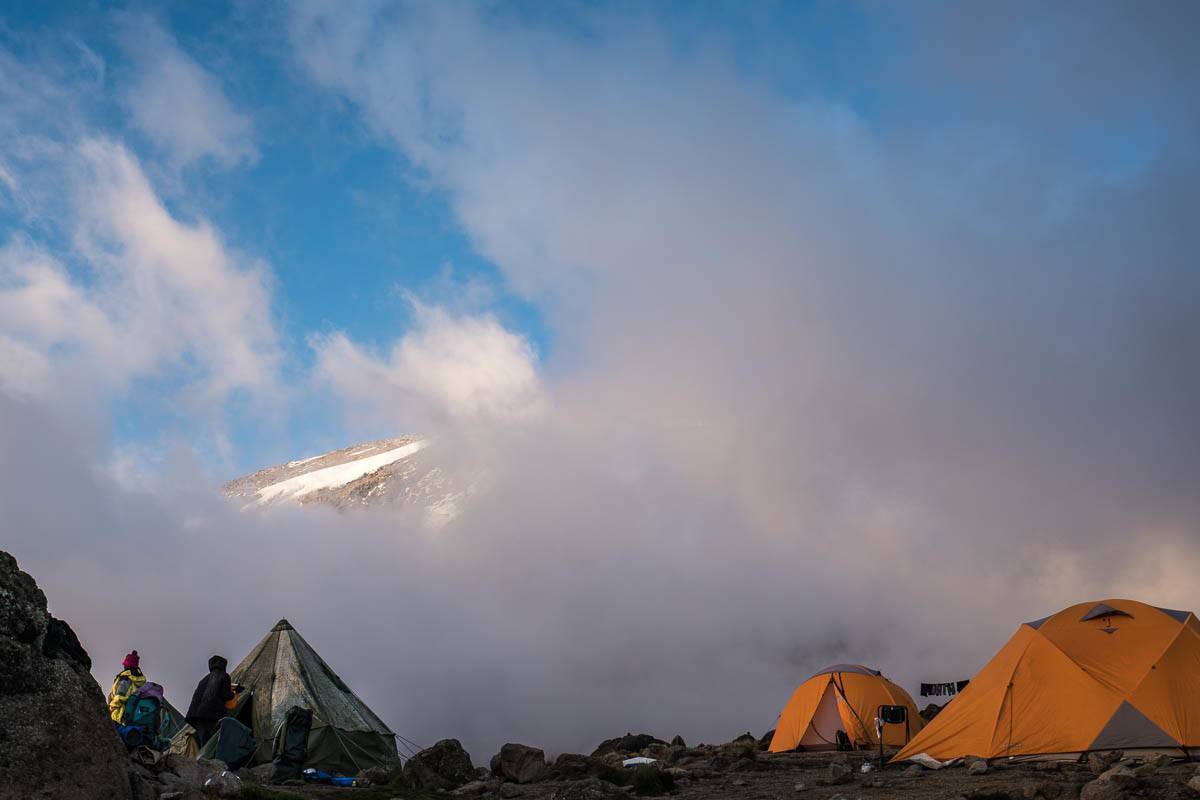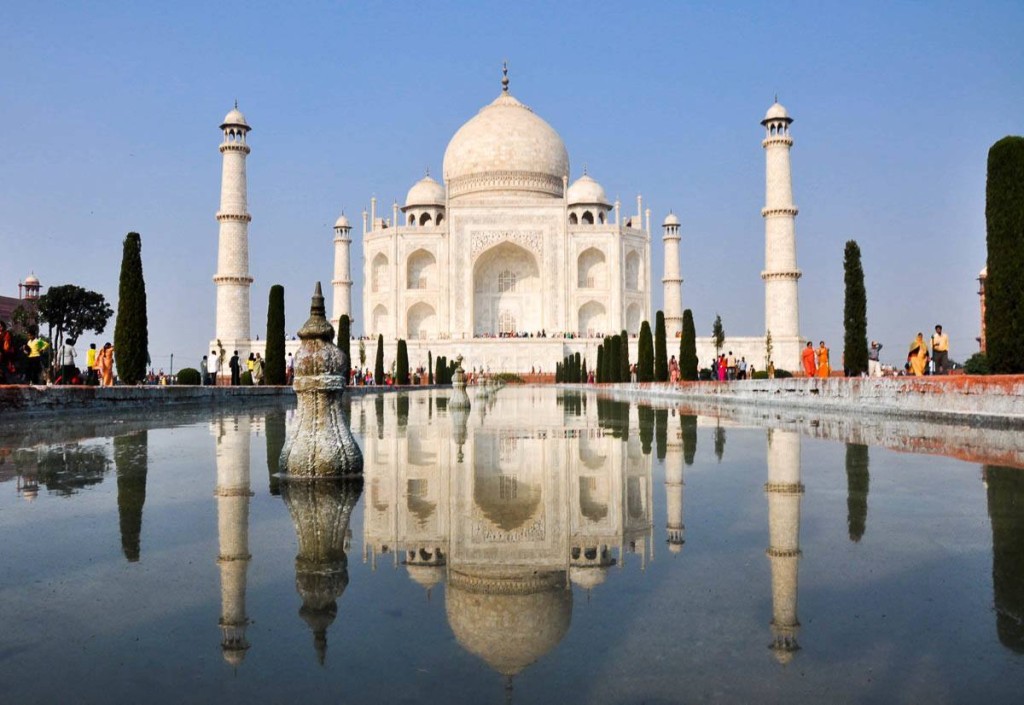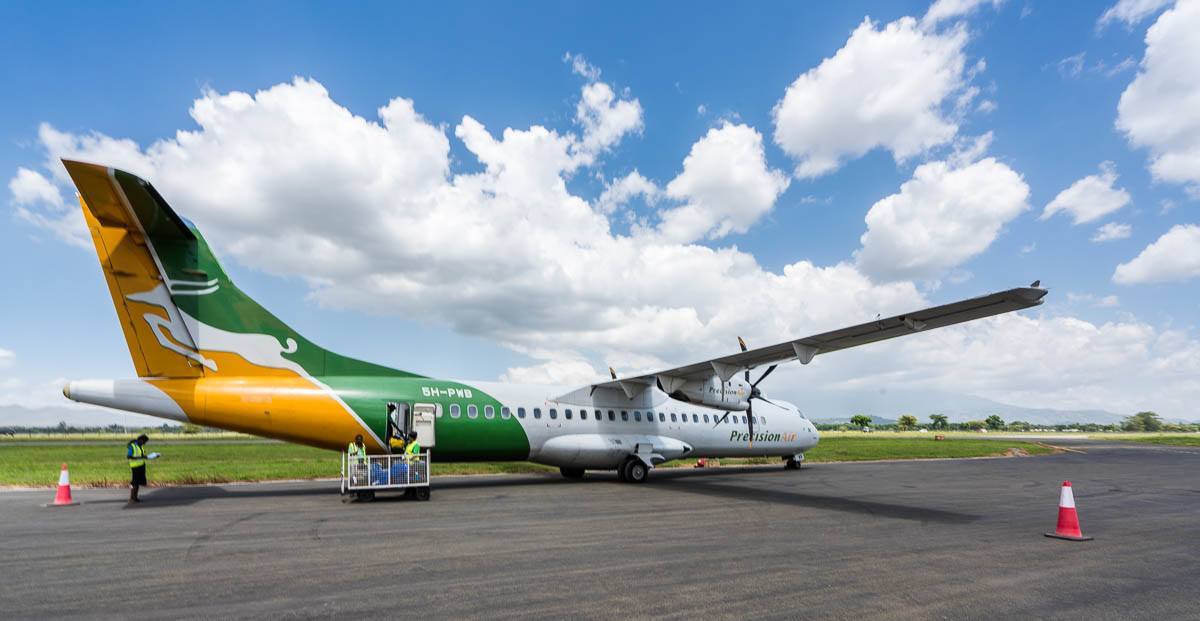January 29, 2016
Tanzanian devilish habitat.
Hi all!
Now, a bit on where to stay on a safari. In the African savanna there are two options – either in tents or in hotels.
They say that spending the night on safari in a tent is really cool. Although not the most comfortable of habitats, what more than makes up for that are the night sounds all around: the growls, woofs, miaous and roars that occasionally cut through the constant background hums and hisses of all creatures wild and great and small as they eat, hunt, mate or whatever else it is they get up to at night.
But we stayed in hotels.
So what can you expect from a hotel deep within the Tanzanian savanna, tens if not hundreds of miles from the nearest civilization? As it happens, you can expect something great! The places we spent the night were really decent, each with a swimming pool and plenty of other conveniences and facilities on site. There are of course the inevitable local ‘specifics’ you have to get used to, but then you get those practically anywhere (no paper napkins on tables in London…, but I digress:).
Ok, about those specifics…
Ngorongoro Sopa Lodge. Our first overnight stop at the top of the edge of the Ngorongoro Crater.
https://www.instagram.com/p/BA38yuEOiUk/

